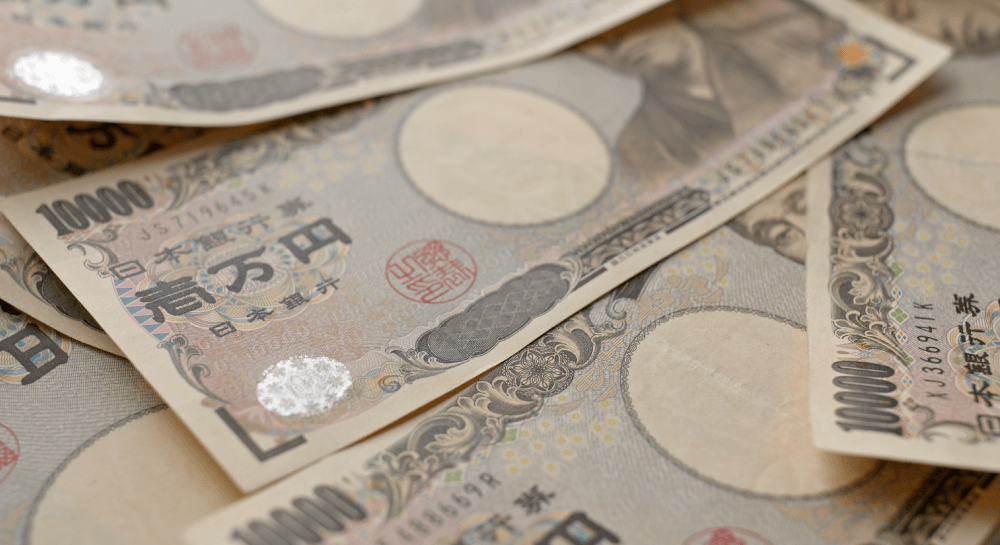Nick Goold
After a run of poor election results and low popularity, Prime Minister Shigeru Ishiba resigned. The LDP will select a new leader on Saturday, Oct 4, 2025—very likely the next prime minister. This comes right after the BOJ held rates but began a slow plan to unwind its ETF and J-REIT holdings, and only weeks after a new U.S.–Japan trade deal. Together, the leadership change, BOJ’s policy timing, and trade tensions are likely to create volatility in USD/JPY and the Nikkei 225 next week.
Why Ishiba stepped down
Ishiba announced on Sept 7 that he would step down after the LDP’s election losses left the ruling camp without a majority in both houses. He also wanted to finish the U.S. tariff talks before handing over.
Oct 4 vote & candidates
On Saturday, Oct 4, the LDP holds a full-format leadership vote: both lawmakers and party members cast ballots. If no one wins a majority, the top two face a same-day runoff. The winner is then expected to be chosen as prime minister in the Diet soon after.
Who’s running:
- Shinjirō Koizumi (Agriculture Minister) Pragmatic. Wants the government and the BOJ to move together (“two wheels of a car”). Open to gradually moving away from ultra-easy policy.
- Sanae Takaichi (former Economic Security/Internal Affairs) More reflationary. Favors more government spending and easier policy. Has hinted she could review the new U.S. deal if it’s unfair to Japan.
- Yoshimasa Hayashi (Chief Cabinet Secretary) Emphasizes stability. Generally supports a slow, steady path for BOJ policy.
- Toshimitsu Motegi (former Foreign/Trade Minister) Veteran negotiator. Pro-investment and open to a careful shift away from ultra-easy settings.
- Takayuki Kobayashi (former Economic Security Minister) Proposes temporary tax cuts and tighter screening of sensitive foreign investment.

Latest Polls
Recent polling and media tracking show either Shinjirō Koizumi or Sanae Takaichi in the lead, depending on the survey; some point to a Koizumi edge, others show Takaichi on top. In other words, it’s close—and markets will treat their policy signals very differently.
Why the winner matters
The next LDP leader can change Japan’s course—shaping government policy (spending, taxes), how closely the government moves with the Bank of Japan on the timing of potential rate hikes, and international relations, especially U.S. trade, potentially shifting direction from the previous leader.
Koizumi (pragmatic, coordination-first)
- BOJ: Move in step with the BOJ; open to a gradual return to normal policy—i.e., potentially bringing rate hikes forward if data allow.
- Trade deal: Prefers quiet fixes rather than a public fight.
- Fiscal/taxes: Emphasizes discipline and reform over big new spending.
Takaichi (reflation, bigger government)
- BOJ: Easier stance; more patience on rate hikes.
- Trade deal: Open to review/renegotiation → tariff-headline risk.
- Fiscal/taxes: Comfortable with more spending and temporary tax relief.
The other three
- Hayashi: “Keep it steady.” Likely slow, predictable BOJ path; avoids trade fights.
- Motegi: Deal-maker, pro-investment; open to careful normalization; pragmatic toward the U.S.
- Kobayashi: Temporary tax cuts and tighter screening of sensitive foreign investment; limited near-term BOJ changes.

Potential market impact on USD/JPY and the Nikkei 225
USD/JPY & Nikkei — rise or fall, and why it’s tricky
- Pre-positioning: Many traders are already in. If the result is as expected, the first move can be small or even reverse (“buy the rumor, sell the news”).
- Context now: USD/JPY and the Nikkei are already down this week, likely reflecting nerves over a potential U.S. government shutdown, softer risk appetite, and Koizumi’s recent rise—so a Koizumi win may have less fresh downside unless the BOJ turns more hawkish.
Scenario guide
Koizumi wins (coordination/gradualism)
- USD/JPY: Could fall if markets bring forward BOJ-hike timing and JGB yields firm—though some may be priced in.
- Nikkei: Could dip if rate-rise expectations weigh on stocks (higher rates are a headwind), even if the overall policy tone looks stable.
Takaichi wins (reflation + review talk)
- USD/JPY: Could rise on reflation talk, but could fall if renegotiation risk escalates; tariff headlines mean choppy two-way moves.
- Nikkei: If renegotiation escalates, risk sentiment can flip—the index could drop, with autos/industrials hit first.

Trading notes
- Positioning: Consider exiting short-term positions before the weekend unless you have a strong view or they’re longer-term holds.
- Simple day-trading framework: Use a 10-period simple moving average (SMA) on a 5-minute chart (or your preferred indicator) to set bias. Mark 1st/2nd support–resistance from recent highs and lows.
- Patience & profits: Be patient for the right entry at your levels. When a trade starts working, try to extend profits a bit more than usual (e.g., trail exits instead of taking the first bounce).
- Risk controls: Expect event noise; consider OCO orders and time-based exits if momentum fades.
- Overreaction opportunities: If price moves significantly and pauses, a counter-trade may set up—use a small, tight stop, since a continuing trend can extend sharply.
- Noise filter: Pre-write your Koizumi/Takaichi “if/then” triggers. Trade your plan and levels, not social media.
Koizumi or Takaichi could win—both plausible. Koizumi win → USD/JPY softer, Nikkei pressured if earlier hike bets; Takaichi win → USD/JPY higher, but any renegotiation talk can flip to risk-off, pulling USD/JPY back and hitting the Nikkei. Markets are unpredictable—don’t have too strong a view; adapt to sentiment and focus on finding high risk–reward entry points for profits on Monday.

